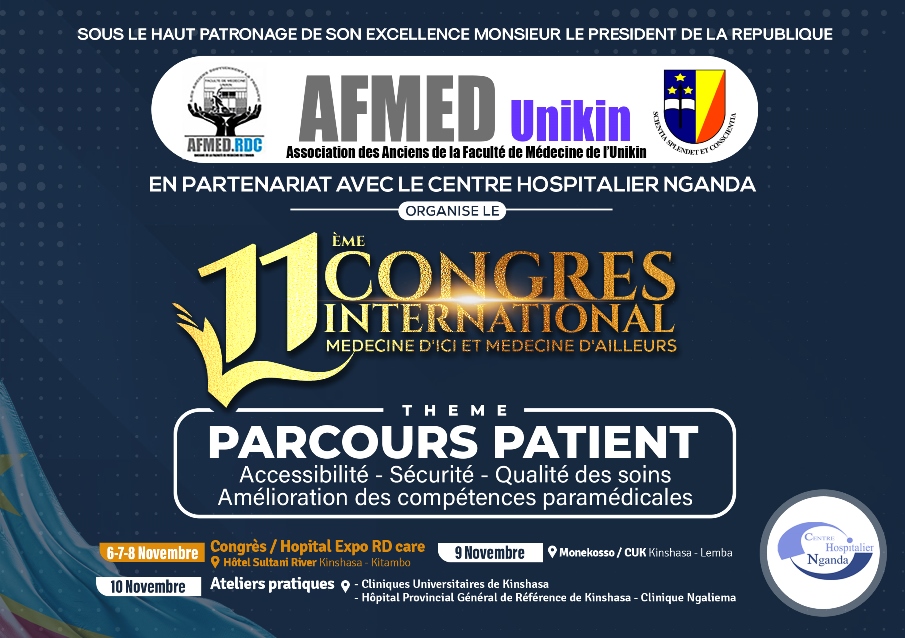Bushabu Fidele Nyimi1,2, Yifang Zhao1, Bing Liu1
1Department of Oral Maxillofacial Head and Neck Oncology Surgery, The State Key Laboratory Breeding Base of Basic Science of Stomatology and Key Laboratory of
Oral Biomedicine Ministry of Education, School and Hospital of Stomatology, Wuhan University, Wuhan, China, People’s Republic of China,
2Oral and Maxillo-Facial Surgery, Teaching Hospital of Kinshasa University,
University of Kinshasa, Kinshasa, Democratic Republic of the Congo
Abstract
Objective: Cystic lesions of the jaw are common pathologies of chronic swelling of the jaw in oral and maxillofacial regions. Different treatment modalities have been described in the literature. However, the existence and proper treatment of these cysts remains a contentious topic. The aims of this review were to discuss the complexity of various surgical treatment and as factors with potential to influence outcome treatment. Finally, a practical and a rational clinical guideline for the management of such lesions have been suggested.
Materials and Methods:
A literature search without language limitation was performed in 2018 using MEDLINE, PubMed, Scopus, and Embase. Keywords for the search included the following terms: jaws cyst, cystic lesions, odontogenic cysts, cystic tumors, pseudocysts, treatments, therapy, wound healing, bone regeneration, and teeth involved cysts. Prospective or retrospective clinical studies with a sample size of n ≥ 5 were evaluated and included in this review. The exclusion criteria were studies with unclear reporting of the treatment applied or outcome, nonhuman studies, case reports, letters, preface, comments, and cystic lesions associated to syndrome.
After the full reading, 30 articles were included in the quantitative synthesis for the review. No meta-analysis could be performed due to the heterogeneity of the studies included. Clinical radiographic images were presented to illustrate the principles of some surgical treatments.
Conclusion: Conservative surgery
with primary closure defect (less than 4 cm) remains an initial approach, which reduces the morbidity of aggressive surgeries and obtains the complete bone healing before 24 months of postoperative. Marsupialization is considered as the most common option for the treatment of large cystic lesions when cases are carefully selected. Evocyst is an attractive new technique of obtaining complete bone defect healing within <3 months.
Keywords: Bone regeneration, surgical methods, teeth involved cystic lesions
Journal of International Society of Preventive et Community Dentistry
www.jispcd.org









